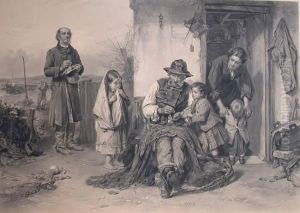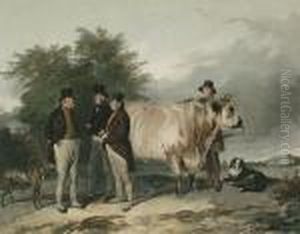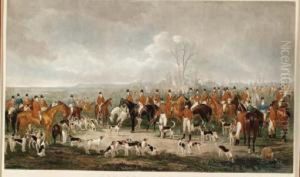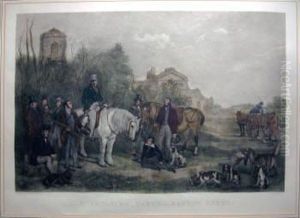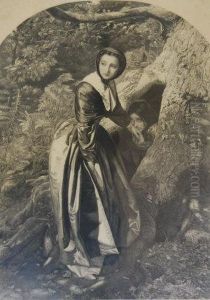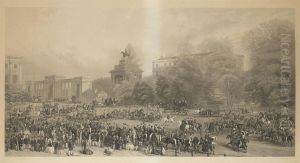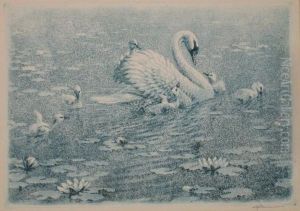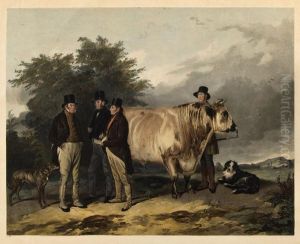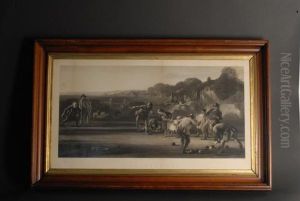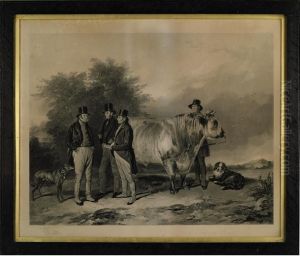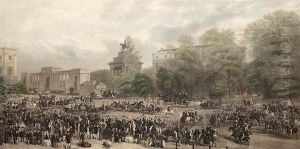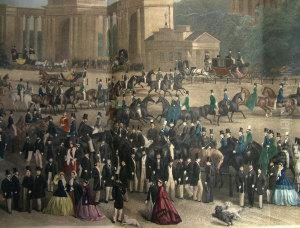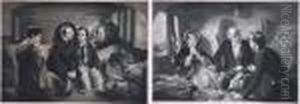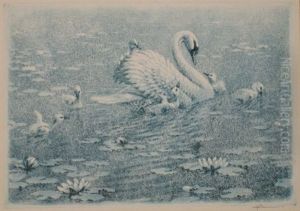William Henry Simmons Paintings
William Henry Simmons was an English line engraver, born in 1811, who gained recognition for his masterful reproductions of works by prominent artists of his time, including Sir John Everett Millais, Sir Joshua Reynolds, and Thomas Faed. His career was marked by a meticulous attention to detail and a dedication to capturing the essence of the original paintings he engraved.
Simmons began his artistic journey at a young age, showing an early talent for drawing and an interest in the arts. He was apprenticed to an engraver, which was a common practice at the time for young artists seeking to enter the profession. This apprenticeship provided Simmons with the technical skills and artistic foundation necessary to excel in the competitive field of line engraving.
Throughout the 19th century, Simmons established himself as a leading figure in the world of engraving. His works were highly sought after by both collectors and artists, who often commissioned him to create engravings of their paintings. This was a time when engraving played a crucial role in the dissemination of art, as it allowed for the reproduction of artworks in books, magazines, and as standalone prints, making art accessible to a wider audience.
Simmons' engravings are notable for their precision and beauty, often mirroring the original paintings so closely that they were celebrated as artworks in their own right. He had a unique ability to translate the color, tone, and mood of a painting into black and white, while retaining the original's emotional impact and aesthetic appeal.
Among his most famous works are engravings of Millais' 'The Proscribed Royalist, 1651' and 'Ophelia', as well as Faed's 'The Mitherless Bairn' and 'The Silken Gown'. These works exemplify Simmons' skill in capturing the narrative and emotional depth of the original paintings, earning him acclaim in both the artistic and commercial spheres.
Despite his success, Simmons maintained a low profile, focusing on his craft rather than seeking public attention. He passed away in 1882, leaving behind a legacy of work that continues to be appreciated for its contribution to the art of engraving and its role in the Victorian art world. Today, Simmons' engravings are valued not only for their technical excellence but also for their historical significance, offering insight into the artistic and cultural milieu of the 19th century.
